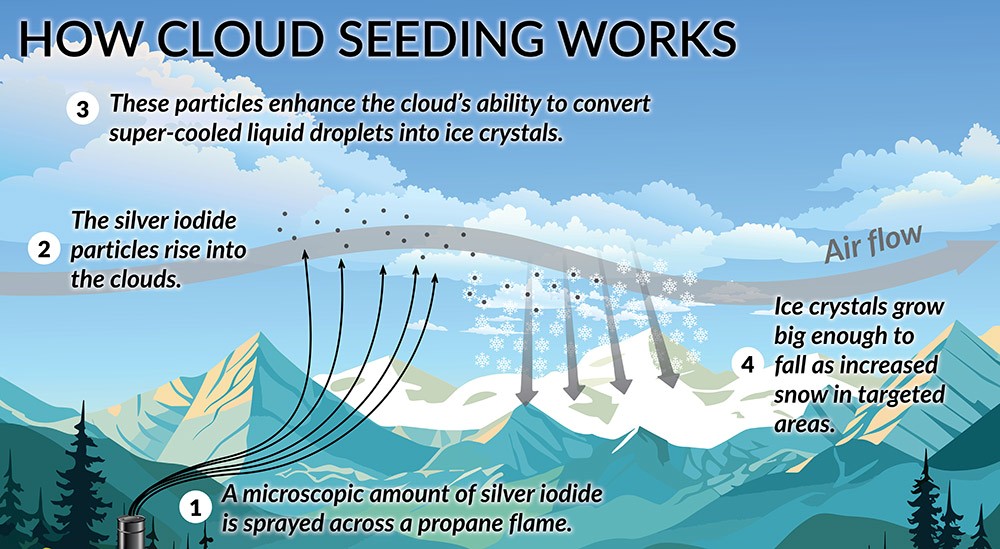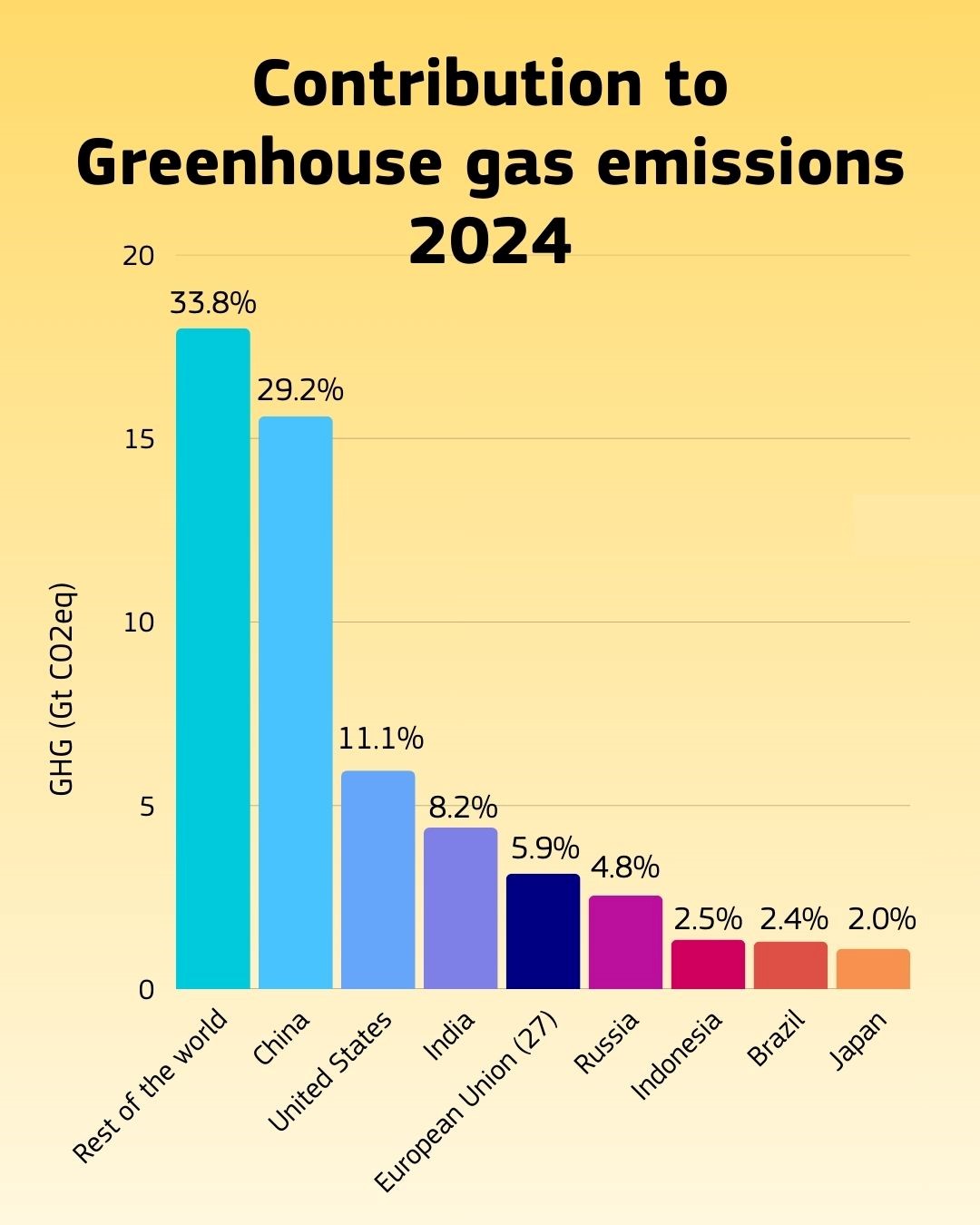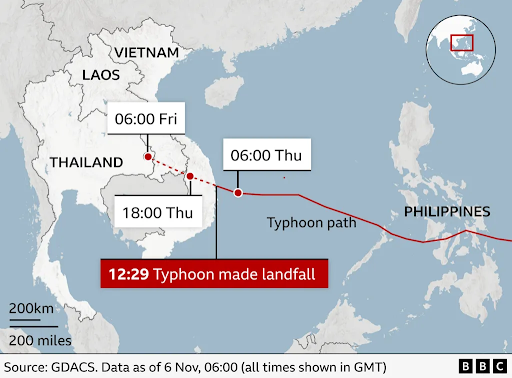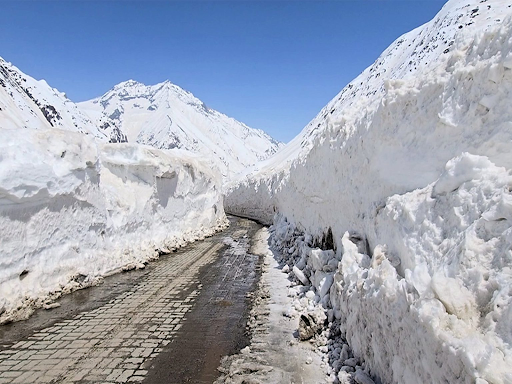



Delhi’s air pollution crisis is primarily caused by emissions from vehicles, industries, construction, power plants, waste burning, and seasonal crop stubble fires, worsened by stagnant winter weather. Cloud seeding, which disperses chemicals like silver iodide into existing clouds to induce rainfall, has been proposed as a temporary measure to wash away pollutants. However, its effectiveness is limited, dependent on suitable clouds, and provides only short-term relief. It also raises environmental, ethical, and accountability concerns.

Copyright infringement not intended
Picture Courtesy: The Hindu
Delhi’s air remains among the most polluted in the world, mainly due to emissions from vehicles, industries, construction, power plants, open waste burning, and farm fires. While cloud seeding has recently been proposed as a quick fix, it offers little more than temporary relief and distracts from the real solutions.
Cloud seeding involves spraying substances like silver iodide or sodium chloride into clouds to encourage raindrop formation.
Limitations:
 Picture Courtesy: DRI
Picture Courtesy: DRI
|
Country |
Government Measures |
Scale / Key Data |
|
|
USA (selected states) |
• Cloud seeding operations active in at least 9 states (as of 2024) under state/local funding. (U.S. GAO) • Example: Utah: one-time funding of US$12 million, annual budget US$5 million. (water.utah.gov) • Purpose largely water-resource / snowpack augmentation rather than pollution control. |
While operational, the US government accountability office notes significant scientific uncertainties about effectiveness. (U.S. GAO) Some states (e.g., Wyoming) have cut funding citing lack of evidence. (Cowboy State Daily) |
|
|
Saudi Arabia |
• National Cloud Seeding Programme launched April 2022 under the “Middle East Green Initiative”. (Zawya) • In 2023: 451 flights, 1,424 flight-hours, ~4 billion m³ of rainfall estimated. (Saudi gazette) • Programme aims: increase rainfall, combat desertification, boost vegetation and water security. (Arab News) |
High-scale operational programme in arid environment; uses aircraft & burners. Focus explicitly on water resources rather than air-pollution. The rainfall estimates (billions of cubic metres) indicate large ambition. |
|
|
United Arab Emirates (UAE) |
• One of first in region to adopt cloud seeding (1990s onward) for water security. (Wikipedia) • Reports indicate estimated rainfall enhancement of ~15-35% in ideal (clean) atmosphere. (Wikipedia) • Many flying hours annually (e.g., >300 missions in recent years). (The National) |
Similar to Saudi Arabia in climatic context (arid). Programme emphasises augmentation of water rather than direct pollution control. Scientific evidence remains moderate. |
|
Source: The Hindu
|
Practice Question Q. Examine the scientific, ethical, and environmental implications of using cloud seeding as a pollution-control measure in urban areas. (250 words) |
Cloud seeding is a weather-modification technique that involves dispersing substances such as silver iodide, sodium chloride, or dry ice into clouds to stimulate rainfall. These particles act as nuclei around which water droplets can form and grow heavy enough to fall as rain.
Delhi’s air pollution peaks during the post-monsoon and winter months due to vehicular emissions, stubble burning, industrial pollution, and stagnant weather conditions. Authorities have proposed cloud seeding as a way to artificially induce rainfall to temporarily “wash away” pollutants and improve air quality.
Most studies suggest that the quantities of silver iodide used are too small to cause significant environmental harm. However, repeated or large-scale seeding could lead to chemical accumulation in soil and water, the long-term effects of which remain uncertain.






© 2025 iasgyan. All right reserved